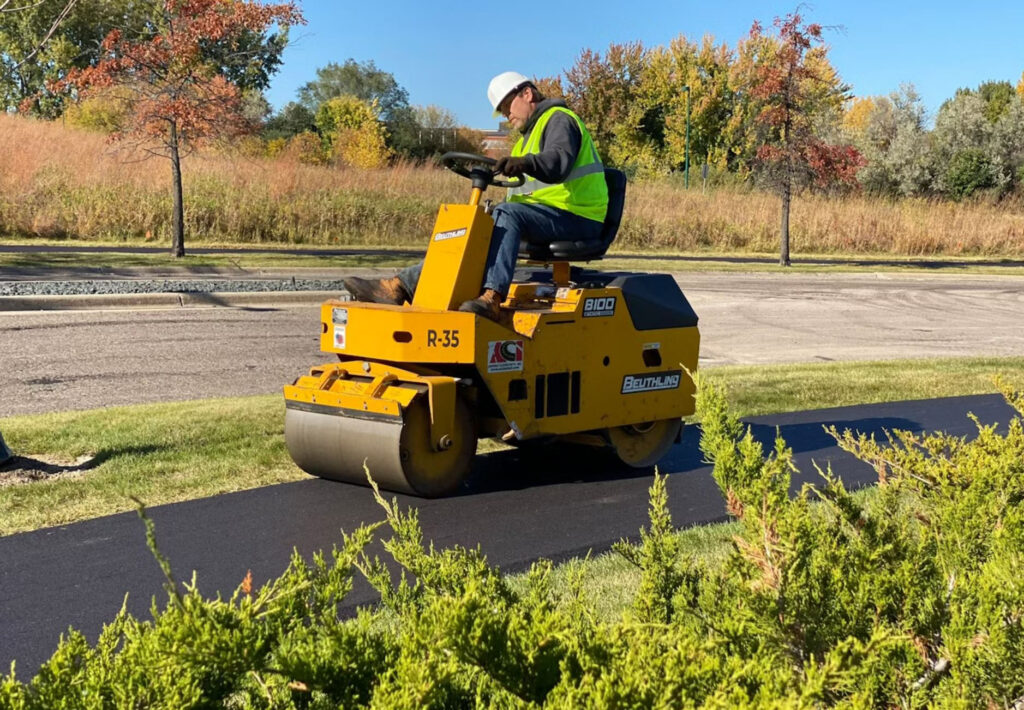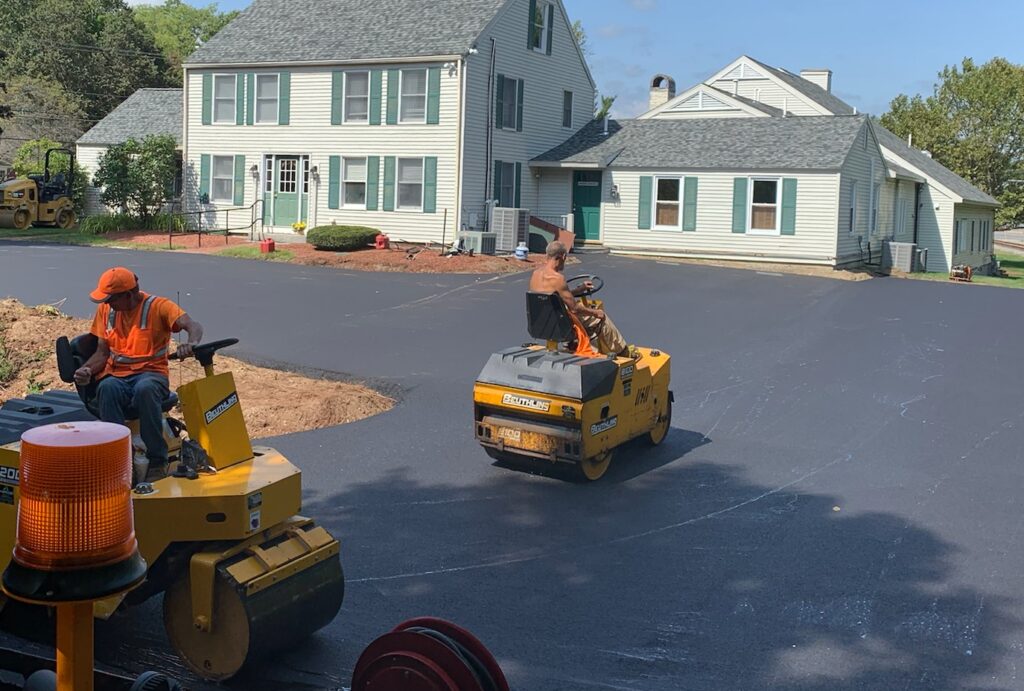Choosing the Right Compactor for Your Project
Compaction is a critical step in any construction project, establishing the stability and durability of the final structure. Whether you’re working on a small walkway or a parking lot, selecting the right compactor is important for achieving optimal results. In this guide, we’ll walk you through the factors you need to consider when choosing a compactor for your project.
Soil Type
The type of soil you’re working with is the first factor to consider. Different soils require different compaction methods and equipment. For example, cohesive soils like clay benefit from vibratory compactors like the B155 or B305, which provide the necessary force to rearrange soil particles. On the other hand, granular soils like sand and gravel are best compacted using static rollers such as the B60 or B100, which apply direct pressure to compact the soil.
Project Size
The size of your project will determine the size and power of the compactor you need. For small projects like walkways or bike paths, a smaller compactor like the B60 or B100 is sufficient. These compactors are easy to maneuver in tight spaces and provide adequate compaction for smaller areas. For larger projects such as parking lots or sports courts, a larger compactor like the B200 or B325 is more appropriate. These compactors offer a wider compaction width and higher operating weight, allowing you to cover larger areas more efficiently.
Compaction Depth
The depth of compaction required for your project will also influence your choice of equipment. If you’re working on a project that requires deep compaction, you’ll need a compactor that can deliver high compaction force at depth. The B305 and B325 models, with their vibratory action and higher operating weights, are well-suited for deeper compaction projects. For shallower compaction needs, a static roller like the B100 or B200 is sufficient.

